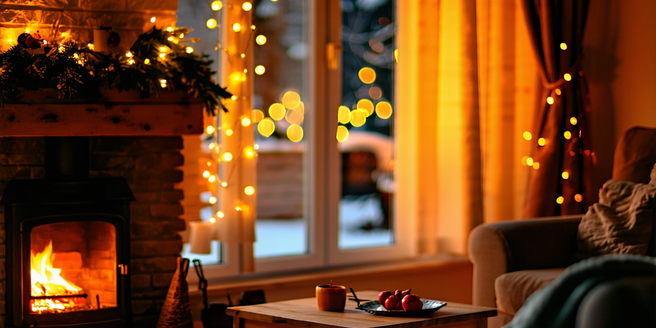
Understanding Your Home’s Winterization Needs
To ensure your home is ready for the harsh winter months, it’s crucial to assess specific areas that could be vulnerable to cold weather. This includes examining insulation in the attic and walls, as well as checking for drafts around windows and doors. Homes in eastern regions often face more severe weather, so tailoring winterization efforts to these conditions is essential. Prioritize sealing cracks and ensuring adequate insulation to maintain interior warmth and reduce energy costs. Additionally, scheduling a professional energy audit can provide valuable insights into your home’s efficiency and highlight areas needing improvement.
Insulating Windows and Doors for Maximum Efficiency
Maximizing energy efficiency in your home starts with properly insulating windows and doors, which are common sources of heat loss. Begin by utilizing weatherstripping or caulking to seal gaps. Consider installing energy-efficient window treatments or thermal curtains to further minimize heat escape. In addition, conducting a home energy audit can help identify other areas where improvements can be made. For older homes, replacing single-pane windows with double or triple-pane variants can significantly enhance insulation, keeping warmth inside. Also, adding draft stoppers at the base of doors provides an extra layer of protection against cold air intrusion, optimizing the home’s overall energy performance during the winter months.
Heating Systems: Maintenance and Upgrades
Regular maintenance of your heating system is crucial for efficient operation during the winter season. Start by scheduling an annual inspection to ensure all components are functioning correctly. Cleaning or replacing filters will improve airflow and efficiency. If your system is outdated, consider upgrading to a high-efficiency model, as technological advancements have made these systems more reliable than ever, potentially lowering energy bills and reducing the environmental impact. Additionally, installing a programmable thermostat can optimize heating schedules according to your family’s routines, ensuring comfort while conserving energy. Ductwork should also be inspected for leaks or obstructions, as these can diminish heating performance.
Roof and Gutter Preparations for Snow and Ice
Preparing your roof and gutters for snow and ice is essential in preventing winter damage to your home. Ensure gutters are cleared of leaves and debris, as blockages can lead to ice dams or water damage. Installing gutter guards can help keep gutters clear throughout the season. Inspect the roof for any missing or damaged shingles, which could allow moisture intrusion and structural damage. Consider adding roof ventilation to prevent ice dams, and consult with a professional to evaluate the need for roof heating cables or additional insulation if ice formation has been a persistent issue.
Protecting Pipes from Freezing Temperatures
To safeguard your home from potential plumbing disasters, it is vital to protect pipes from freezing during frigid temperatures. Insulate pipes in unheated areas, such as basements, crawl spaces, and attics, using foam pipe insulation. During extreme cold spells, allow faucets to drip slow to prevent pipes from freezing. Keeping the thermostat set to a consistent temperature, even when you’re away, reduces the risk of frozen pipes. In areas prone to prolonged freezes, it might be useful to invest in pipe heating cables for additional protection, especially in older homes or those with exposed plumbing.
Efficiently Utilizing Winter Energy Sources
Efficient energy use during winter can significantly impact both comfort and cost savings. Emphasize utilizing renewable energy sources, such as solar panels, even during colder months as they can provide substantial heating supplements. Ensure your home is well-insulated to maximize heat retention from solar gain and conventional heating methods. Consider conducting an energy audit to identify specific areas where efficiency can be improved. Take advantage of passive solar heating by opening curtains on sun-facing windows during the day and closing them at night. Investing in energy-efficient appliances and smart home technology can further enhance energy use while reducing overall consumption and environmental impact during the cold season.
